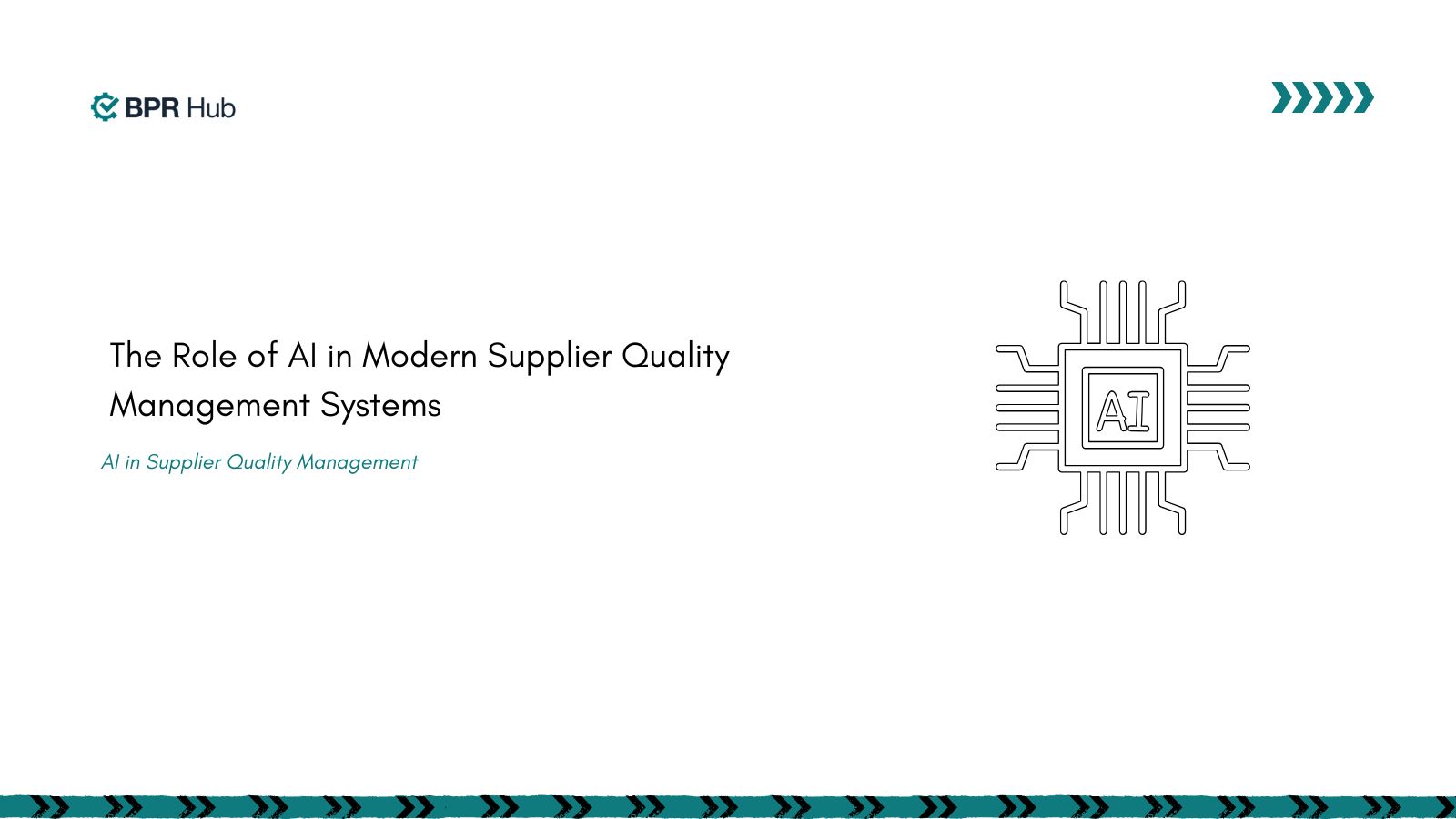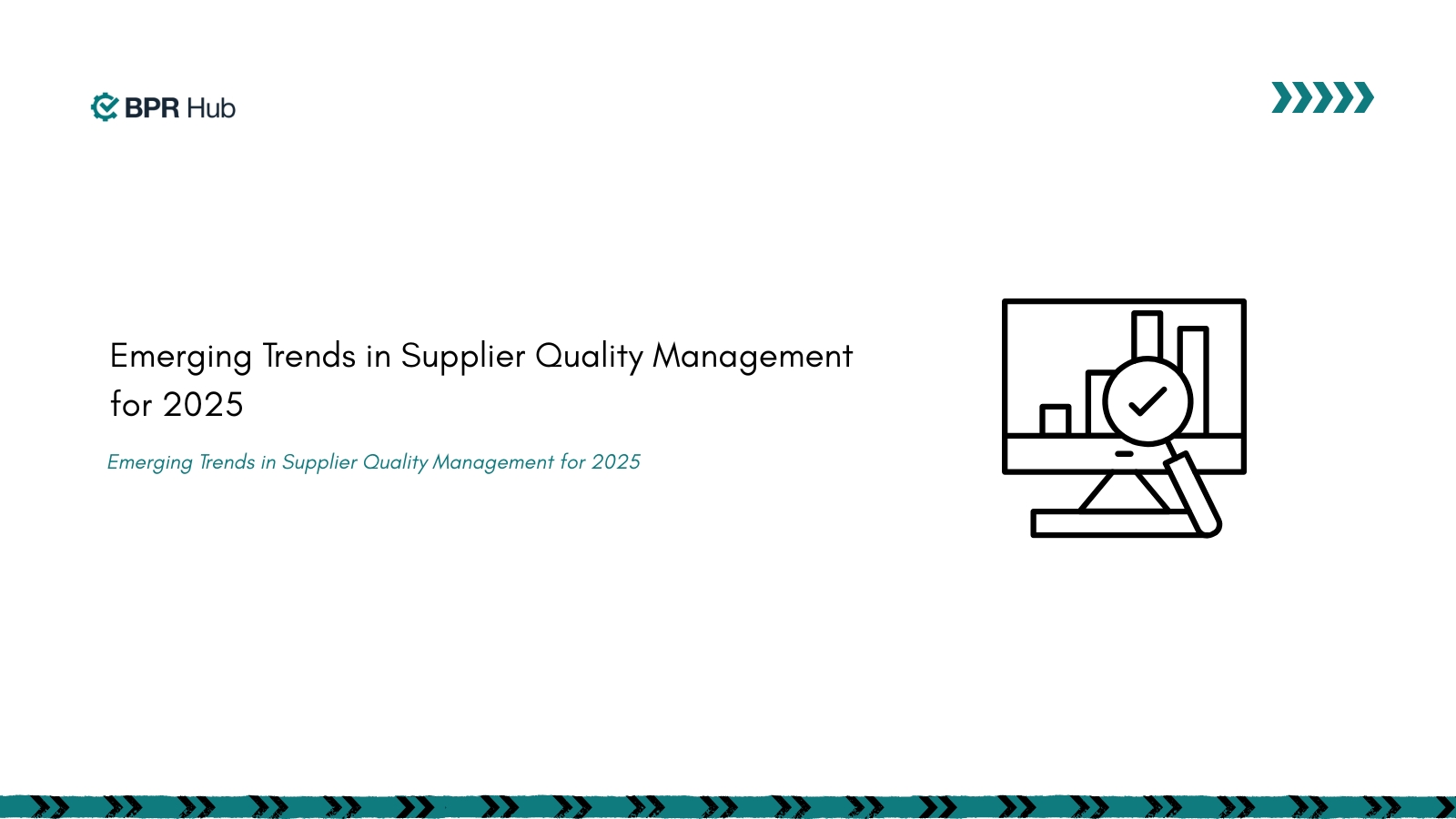When you hear the word "planning," what comes to mind? For most of us, it’s about setting goals, organizing tasks, and mapping out the steps needed to achieve success. In a business context, planning is even more critical—it helps you align resources, anticipate challenges, and stay on track toward your objectives.
When it comes to ISO 9001:2015, effective planning is not just a strategy; it’s a necessity. Clause 6 of the standard emphasizes the importance of planning within a Quality Management System (QMS). In this blog, we’ll explore the importance of planning in ISO 9001 and how it affects the key aspects of Clause 6 of ISO 9001:2015.
Why is Planning in ISO 9001 Important for an Organization?
In any organization, planning is crucial for success—it’s the foundation for achieving objectives, improving processes, and ensuring long-term sustainability. ISO 9001:2015, a widely recognized standard for Quality Management Systems (QMS), emphasizes the role of effective planning to ensure that an organization consistently delivers high-quality products and services.
In fact, planning is so vital that it is directly addressed in Clause 6 of ISO 9001:2015, which outlines the requirements for actions to address risks and opportunities, as well as quality objectives and the planning needed to achieve them.
Clause 6 of ISO 9001:2015 helps businesses like yours design a strategic approach that not only meets customer requirements but also enables continuous improvement. Now, let’s explore why planning is so crucial within the context of ISO 9001.
- Risk Management
ISO 9001 requires organizations to identify and manage risks. With proper planning, you can spot potential issues early and take action to prevent them from affecting the quality of your products or services. - Achieving Quality Objectives
Every organization must set quality objectives under ISO 9001. Without a clear plan, these objectives can become vague or difficult to achieve. Planning ensures your goals are realistic, measurable, and aligned with the organization’s strategy. - Resource Allocation
Effective planning involves identifying and allocating the necessary resources—whether it’s personnel, equipment, or budget—to meet your quality goals. This ensures resources are used efficiently, avoiding waste and ensuring nothing is overlooked. - Improved Decision-Making
When planning is aligned with ISO 9001, decision-making becomes more focused and informed. By understanding risks and opportunities, you can make better choices that improve quality and performance. - Continuous Improvement
Planning in ISO 9001 supports a culture of continuous improvement. It ensures that quality goals are consistently revisited and refined, driving ongoing enhancements in processes, products, and services.
Key Aspects of Clause 6 in ISO 9001:2015
Clause 6 of ISO 9001:2015 is all about making sure your organization is proactively thinking ahead. It sets the framework for how businesses should plan for the future by identifying potential risks and opportunities, establishing measurable quality objectives, and ensuring that the right resources are in place to achieve them. This clause highlights that planning isn’t just about following steps—it’s about anticipating problems and making calculated decisions that will help maintain and improve the quality management system over time.

Let’s explore the key aspects of Clause 6, starting with the foundational idea of risk-based thinking, which sets the stage for all planning activities.
1. Introducing Risk-Based Thinking
At the heart of ISO 9001:2015 is Risk-Based Thinking. This approach requires organizations to identify and assess risks that could affect the ability to meet quality objectives. The idea is to adopt a proactive mindset—rather than waiting for issues to arise, organizations should anticipate them and make strategic decisions to prevent or minimize their impact.
Risk-based thinking isn't just about identifying negative risks; it's also about recognizing opportunities for improvement that could drive success. By considering both risks and opportunities, your planning becomes more dynamic and responsive, ensuring that the organization is better prepared for future challenges.
This leads us to Clause 6.1, where ISO 9001 takes risk-based thinking into action, focusing on addressing these risks and opportunities systematically.
2. Clause 6.1: Actions to Address Risks and Opportunities
Clause 6.1 of ISO 9001:2015 focuses on taking actionable steps to address risks and opportunities that could affect the QMS. The standard emphasizes the need for organizations to assess both external and internal factors that could impact the ability to achieve quality objectives.
In this clause, ISO 9001 sets the expectation that businesses not only identify these risks and opportunities but also take appropriate actions to mitigate risks and capitalize on opportunities. This could involve changes to processes, resource allocation, or even adjusting strategies to better align with the organization’s goals. One way to manage these risks is by continuously monitoring them to ensure timely action and effective mitigation.
Monitoring and Evaluating Risk Management
An essential part of managing risks and opportunities is ongoing monitoring and evaluation. ISO 9001 requires organizations to establish processes that ensure risks are continually assessed and any mitigation measures are effective. This creates a dynamic approach where risk management is not a one-time task but an ongoing part of the organization's operations.
By regularly monitoring and evaluating risk management efforts, you ensure that any new risks are quickly identified and managed before they disrupt the quality management system.
Now, as risks and opportunities are identified and managed, the next step is to set clear quality objectives—an essential aspect of Clause 6.
3. Clause 6.2: Quality Objectives and Planning to Achieve Them
Clause 6.2 focuses on the establishment of quality objectives and how an organization can effectively plan to achieve them. These objectives are critical to ensuring that the QMS is aligned with both strategic goals and customer requirements. To achieve these objectives, ISO 9001 specifies the following:
- Defining Quality Objectives:
Clause 6.2 emphasizes that quality objectives must be SMART—Specific, Measurable, Achievable, Relevant, and Time-bound. This ensures clear direction, effective resource allocation, and a focused approach to achieving goals, ultimately driving continuous improvement and enhanced customer satisfaction. These should align with the organization's overall strategy and customer expectations, ensuring that quality improvement is purposeful and focused. - Planning to Achieve the Objectives:
For each objective, the organization must develop a plan that includes the necessary actions, resources, timelines, and responsibilities. This planning process ensures that the organization has a roadmap to achieve its goals, with a clear path for tracking progress and ensuring accountability.
Easily update and manage your quality objectives and documentation with BPRHub’s Document Hub.
- Reviewing and Adjusting:
As part of the planning process, the organization must also set a mechanism for reviewing the objectives regularly to ensure they remain relevant. If necessary, the organization should adjust its plans to address changing circumstances or emerging challenges.
The next clause specifies how changes can be planned and implemented to ensure ongoing success.
4. Clause 6.3: Planning of Changes
Clause 6.3 is all about planning changes within the organization and ensuring that they do not disrupt the effectiveness of the QMS. Change is a natural part of business growth, but it can bring about unintended risks if not managed properly. ISO 9001 provides the following guidelines for planning changes:
- Assessing the Need for Change:
Before making any changes, the organization must evaluate the need for them based on the current state of the QMS, external factors, or internal improvements. This assessment ensures that any change is necessary and aligned with the organization’s objectives. - Managing the Change Process:
Once the need for change is identified, the organization must plan how the change will be implemented. This includes considering how it will impact existing processes, people, resources, and the overall QMS. The change should be planned in a way that minimizes risks and ensures continued effectiveness. - Monitoring the Impact of Changes:
After the change has been implemented, the organization should monitor its impact on the QMS and make adjustments as needed. This ensures that the change delivers the expected improvements without introducing new risks or disruptions.
This focus on planning changes ties directly into the principle of continual improvement, a key element in ISO 9001 that drives organizations to refine their processes and systems consistently.
5. Continual Improvement and the Planning Process
Both Clause 6.2 and Clause 6.3 are connected to the concept of continual improvement, a central pillar of ISO 9001. Effective planning to achieve quality objectives (Clause 6.2) and managing changes (Clause 6.3) ensures that an organization doesn’t just maintain quality but also improves over time. These planning activities create a cycle where the organization can assess performance, identify areas for improvement, and implement changes that lead to better outcomes.
By incorporating continual improvement into planning processes, organizations can stay adaptive, responsive, and proactive, which is essential in today’s dynamic business environment.
Effective Planning of ISO 9001 With BPRHub
BPRHub streamlines the implementation of Clause 6 in ISO 9001 by providing a centralized platform for automated updates, real-time insights, and process-ready documents. Automated updates keep you informed of any changes to standards, while real-time insights offer continuous visibility into progress toward quality objectives. Process-ready documents ensure that all necessary plans, including risk assessments and quality objectives, are available and up to date.
The Audit Hub feature specifically aids in planning by centralizing all audits—whether for complete standards or specific clauses. It streamlines scheduling, tracking, and execution of internal evaluations and external regulatory inspections, reducing administrative efforts and enhancing efficiency. BPRHub ensures that your quality management system is always compliant, proactive, and adaptable, making the planning process more efficient and aligned with both organizational goals and ISO 9001 standards.
Discover how BPRHub can optimize your ISO 9001 planning and compliance today.
FAQ’s
1. What is the Clause 6 planning of ISO 9001?
Ans: Clause 6 of ISO 9001:2015 focuses on planning within the Quality Management System (QMS). It requires organizations to identify risks and opportunities, set measurable quality objectives, and develop plans to achieve them. It also emphasizes the need for planning changes to ensure continuous improvement and consistent quality outcomes.
2. How does BPRHub help in implementing Clause 6 of ISO 9001?
Ans: BPRHub helps implement Clause 6 of ISO 9001 by providing a centralized platform for managing risks, setting quality objectives, and planning actions. It offers automated updates, real-time insights, process-ready documents, and streamlined audit management, ensuring effective planning, compliance, and continuous improvement within the QMS.
3. Why is planning so important in ISO 9001?
Ans: Planning in ISO 9001 is crucial because it helps organizations define measurable quality objectives, manage risks and opportunities, and ensure consistent delivery of quality products and services. It’s the foundation for aligning business operations with the standard’s requirements, driving continual improvement, and ensuring customer satisfaction.
4. What are the key elements of Clause 6 in ISO 9001?
Ans: Clause 6 of ISO 9001:2015 covers the planning process, including:
- Identifying risks and opportunities (Clause 6.1)
- Setting quality objectives (Clause 6.2)
- Planning for changes (Clause 6.3) These elements help ensure that an organization’s QMS is capable of meeting its objectives and improving over time.
5. How do I ensure my organization is continuously improving with ISO 9001?
Ans: To ensure continuous improvement under ISO 9001, organizations must regularly review quality objectives, assess risks and opportunities, and adjust processes as needed. The combination of effective planning, monitoring, and auditing supports ongoing refinement and alignment with ISO 9001 standards.
Get insights that help you minimize risks and maximize profits.
Dive deeper into manufacturing compliance with our free resources.
We get it, compliance can get tough.
Here are some additional resources to help.
We get it, compliance can get tough. Here are some additional resources to help.
Get updates in your inbox

.svg)
%20(1).svg)


.jpg)


%20(1).svg)

.avif)

